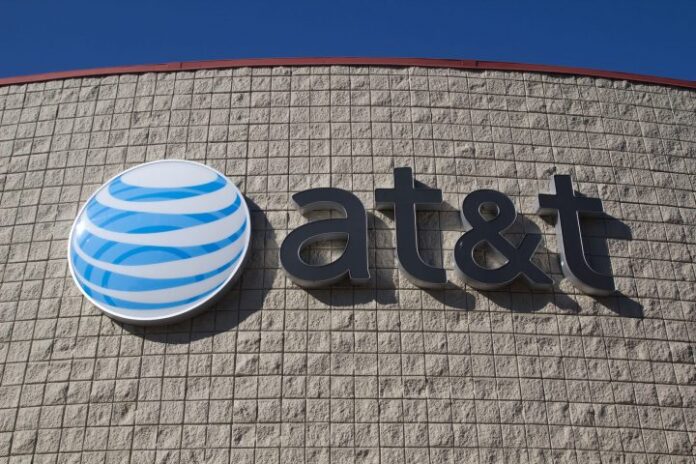AT&T said it has invested $1.2 billion to upgrade wireless and wireline infrastructure in certain areas across Tennessee between 2015-2017
Tennessee’s wireless infrastructure saw a range of improvements during 2017, according to AT&T, which said that it deployed new distributed antenna systems and expanded existing systems in the state last year.
The carrier installed six new DAS in Tennessee during 2017, AT&T said in a release. The new DAS were installed in Davidson, Knox, Shelby, and Williamson Counties.
In 2017, AT&T said that it made more than 1,450 wireless network upgrades in Tennessee. Network enhancements included 10 new cell sites across the state, the telco said. Investments also improved critical services that support public safety and first responders.
“We’re now speeding our wireless build out plans in Tennessee with millions of dollars dedicated to improving its mobile network,” said Joelle Phillips, president of AT&T Tennessee, in a statement. “This investment will also pave the path to 5G mobile services in the years ahead.”
In 2017, AT&T also made 333 wireless network upgrades in the Memphis area. Network enhancements in Memphis include three new site builds in Shelby County. There was also an expansion to the DAS at the global headquarters of FedEx. These upgrades included boosting network capacity and expanding LTE coverage, the telco said.
In the Nashville area, AT&T invested more than $425 million in wireless and wired networks during the period. In 2017, AT&T made 400 wireless network upgrades in the Nashville area. Investments also included an expansion to the DAS at Bridgestone Arena and Nissan Stadium.
The company’s investment in the Knoxville area amounted to $130 million during the period. In 2017, AT&T made 78 wireless network upgrades in the Knoxville area including Anderson, Blount, Knox and Sevier Counties.
AT&T’s DAS architecture
AT&T said that the carrier’s DAS generally consists of components including signal source, headend, remote units, fiber optic, ethernet or coaxial cable and antennas, and gave the following descriptions of those components:
-Signal Source: The AT&T signal source provides the FCC assigned frequencies to be distributed over the DAS. The signal source is connected to the headend.
-Headend: The interface and heart of the DAS that directs wireless carrier radio frequencies to and from the Remote Units.
-Remote Units: If required, the RUs amplify the radio frequencies from the headend to the antennas or from the antennas back to the headend.
-Antennas: Provide the radio frequency coverage patterns that allow AT&T subscribers to access the AT&T network to send or receive data.
-Fiber optic, ethernet or coaxial Cables: Provide interconnection between the DAS elements and either one or a mixture is used depending on the OEM used.

